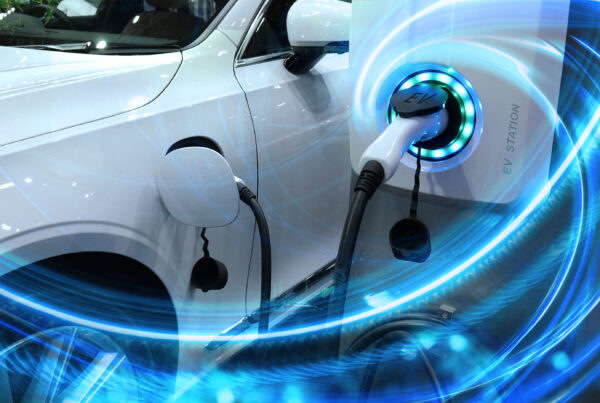The role that governments of major cities play in planning for electric vehicles is set to play a major role in the eventual EV uptake.
Figures show that 20 key metro areas currently account for 40% of electric vehicles around the world, yet these areas only represent 3% of the world population and 8% of global sales.
Addressing a Climateworks hosted webinar on Monday, Dr Anup Bandivadekar of the International Council on Clean Transportation (ICCT) said that alongside major city support new policies need to be included to encourage users to move to an electric future.
“While everybody talks about fiscal incentives, they are not sufficient by a long shot.
“We need a variety of different policies to encourage electric vehicle take up,” Dr Bandivadekar said.
So far cities such as Los Angeles, Oslo, London, Shanqui and Amsterdam are leading the way in providing different policies to incentivise EV take up at both a fleet and a consumer level.
As of this year, two million electric vehicles have been made and sold globally thanks to major manufacturers such as Tesla and the Renault-Nissan alliance.
With fiscal incentives beginning to disappear both manufacturers and government will need to think outside the square to encourage to encourage further uptake. Dr Bandivadekar suggested the following movements would be beneficial:
- State/city level action plan
- Public procurement targets
- Low carbon fuel policy
- Streamlined EVSE permitting process
- Preferential parking
- Aceess to high-occupancy vehicles/bus lanes
“We will see a future where fiscal incentives are set to taper off, but complementary policies are set to increase,” he said.
In order to implement successful policy results, the transition to EV’s must happen through key preparations and considered programs. The diagram below helps to show the changes that the ICCT is hoping will be considered by cities and manufacturers.
“






